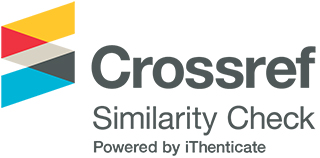Exploratory Analysis of European Retail Banking Customers’ Preferences in Using Financial Services
DOI:
https://doi.org/10.33422/ijarme.v2i3.266Keywords:
Banking services, Digitization, Customer profile, Financial inclusion, Cluster analysisAbstract
Retail banking customers are becoming increasingly versatile, requesting personalized financial products and services, provided in a fast, secure and cost effective manner. On the other hand, financial institutions struggle to gain customers’ trust and loyalty by designing new products with new features and putting emphasis on customer centricity. All these on-going changes overlap on the global rapid pace technological innovations such as digitization, artificial intelligence-related technologies which are continuously embedded into the basic, traditional financial products. On this background, the paper attempts to uncover whether there are differences and dissimilarities in the preferences of retail banking customers for relying on a specific banking product. It is performed a comparative analysis of the customers’ profile from 30 European countries, based on data extracted from World Bank’s set of financial inclusion indicators. The hierarchical cluster analysis indicates which countries exhibit similar patterns of their retail customers’ behavior in terms of financial services usage. The profile of retail banking customers in countries from Central, Western and Northern Europe is sophisticated, open to the implementation of technological innovations and digitization into the banking services. Customers in Eastern and Southern Europe countries are more reluctant in relying on digital banking technologies, use to save less and show a preference for using cash instead of debit/credit cards for making payments.Downloads
Issue
Section
Articles
How to Cite
Exploratory Analysis of European Retail Banking Customers’ Preferences in Using Financial Services. (2020). International Journal of Applied Research in Management and Economics, 2(3), 1-6. https://doi.org/10.33422/ijarme.v2i3.266













